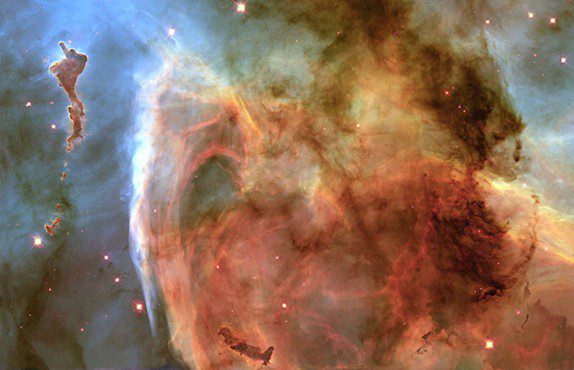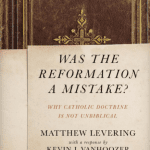 We finish off this series on Alister McGrath’s book A Fine-Tuned Universe: The Quest for God in Science and Theology with a brief look at his conclusions, tying his major themes together.
We finish off this series on Alister McGrath’s book A Fine-Tuned Universe: The Quest for God in Science and Theology with a brief look at his conclusions, tying his major themes together.
First a reiteration of what a robust natural theology is not (according to McGrath at least):
According to McGrath the interplay between science and faith – the development of a robust natural theology – is not the quest for empirical evidence for the existence of God.
Natural theology is not a quest to deduce characteristics of God from the nature of the universe.
Natural theology does not offer a causal explanation of the natural order.
The case for a natural theology is not weakened, in McGrath’s opinion, by the recognition of forces within nature which have led to the world we see – including the birth of stars, (great picture below) the evolution of higher animals and common descent. An eclipse is entirely predictable far in advance, yet it still inspires awe and wonder. I was in DC for the ACS Fall meeting on Monday. Both scientists and office workers filled the plaza in the picture above to witness the event, even though we only got to just over 80% coverage.

The Carina Nebula is one of the outstanding features of the Southern-Hemisphere portion of the Milky Way. The circular Keyhole ring structure shown here is about 7 light-years in diameter and contains both bright filaments of hot, fluorescing gas, and dark silhouetted clouds of cold molecules and dust, all of which are in rapid, chaotic motion. The high resolution of the Hubble images reveals the relative three-dimensional locations of many of these features, as well as showing numerous small dark globules that may be in the process of collapsing to form new stars. Image Credit: NASA, The Hubble Heritage Team (AURA/STScI) http://nssdc.gsfc.nasa.gov/photo_gallery/photogallery-astro-nebula.html
What a robust natural theology is (again according to McGrath):
Natural theology is an attempt to address some of the fundamental questions of human existence. Questions such as: How do we make sense of the world around us? What is our place in the universe? What is the meaning of things? (p 217)
Natural theology is about a theologically grounded quest for truth, beauty, and goodness within nature. (p. 219)
An authentically Christian theology provides us with a conceptual net to throw over our experience of the world, allowing us to make sense of its unity and live with its seeming contradictions. (p. 219)
Yet recognition of an evangelical capacity to explain leads on to something more significant: the capacity to confer meaning. And here we encounter one of the most distinctive and important aspects of the Christian faith: the throwing of a net of meaning over the raw data of experience. The gospel, we must remind ourselves, is not primarily an explanatory account of cosmic or human origins. Its essence lies in its conferral of meaning, expressed in such values as purpose, value, significance, and agency. (p. 220)
McGrath introduces the analogy of a pearl necklace and suggests that fine-tuning in nature, anthropic phenomena, the known facts and observations are the pearls – while “the Trinitarian vision of reality that is characteristic of classical Christianity” is the string, the grand theory that collects, connects, and unifies the pearls and produces the necklace.
What do you think of McGrath’s expectation for the role of Natural Theology?
Is the Christian faith a way make sense (in a deep fashion) of the observation of nature?
Or is there some other approach that makes more sense to you?
If you wish to contact me directly you may do so at rjs4mail [at] att.net.
If interested you can subscribe to a full text feed of my posts at Musings on Science and Theology.
















